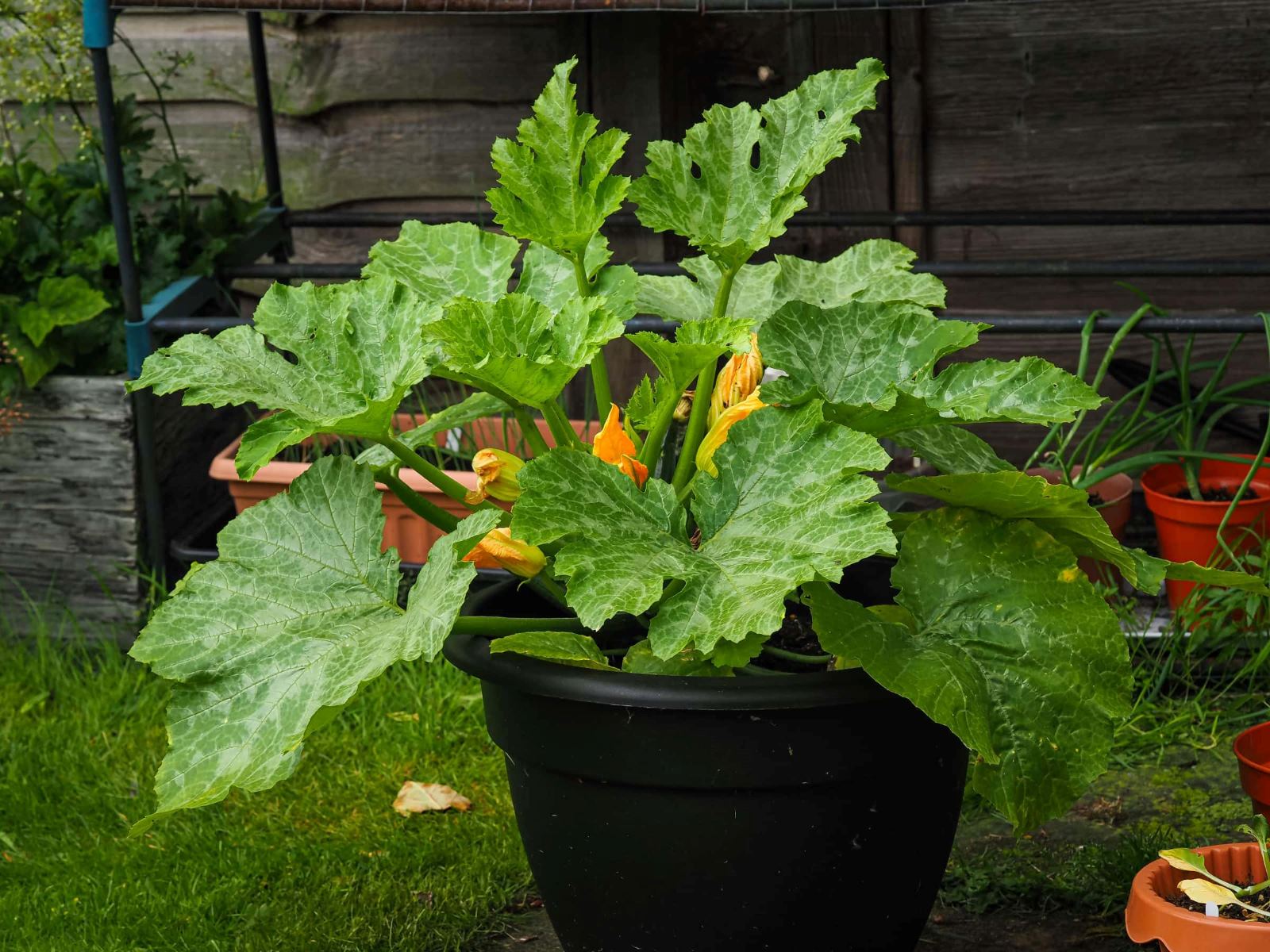

Articles
How To Store Zucchini From The Garden
Modified: March 19, 2024
Learn how to store zucchini from the garden in this informative article. Find tips and tricks to preserve your harvest and enjoy fresh zucchini all year round.
(Many of the links in this article redirect to a specific reviewed product. Your purchase of these products through affiliate links helps to generate commission for Storables.com, at no extra cost. Learn more)
Introduction
Zucchini, also known as summer squash, is a versatile and delicious vegetable that is abundant during the summer months. Whether you have a home garden or have stocked up on zucchinis from the local farmers market, knowing how to properly store them is essential to extend their shelf life and enjoy them for longer periods.
When it comes to storing zucchini, there are several methods you can choose from, depending on your preference and the available storage space. From freezing and canning to dehydrating and refrigerating, each method offers its own benefits and considerations.
In this article, we will explore various techniques for storing zucchini, ensuring that you can savor the flavors of fresh zucchini throughout the year. Whether you plan to use zucchini in your favorite stir-fries, soups, or baked goods, mastering the art of storing zucchini will help you enjoy its goodness even when the growing season is over.
So, let’s dive in and discover the best ways to store zucchini from your garden or local market!
Key Takeaways:
- Properly storing zucchini, whether through freezing, canning, or dehydrating, allows you to enjoy its delicious flavors year-round, reducing waste and maximizing your harvest.
- Harvesting zucchini at the right time, handling it with care, and controlling moisture are essential for preserving its freshness and flavor, ensuring you can savor this versatile vegetable beyond the growing season.
Read more: How To Store Zucchini
Harvesting Zucchini
Before you can store zucchini, it’s important to know when and how to harvest it properly. Harvesting zucchini at the right time ensures that it’s at its peak freshness and flavor.
Zucchini is best harvested when it reaches a length of 6 to 8 inches. At this size, the zucchini is tender and has a delicate flavor. Avoid letting it grow too large, as overgrown zucchini can be tough and less flavorful. Check your zucchini plants regularly and harvest the zucchinis when they have reached the desired size.
When harvesting zucchini, use a sharp knife or shears to cut the fruit from the plant. Make a clean cut near the stem, leaving a short stem attached to the zucchini. Avoid twisting or pulling the zucchini from the plant, as this can damage the plant and reduce its productivity.
After harvesting, discard any zucchinis that are damaged or rotten. Only store zucchinis that are in good condition, as damaged ones can spoil quickly and affect the quality of the other zucchinis.
Once you have harvested your zucchinis, it’s time to move on to the next step: cleaning.
Cleaning Zucchini
Properly cleaning zucchini is an important step before storing it. This helps remove any dirt, debris, or pesticides that may be present on the surface.
Start by rinsing the zucchini under cool running water. Gently rub the surface of the zucchini with your hands to remove any dirt or grime. Pay extra attention to the stem and blossom ends, as these areas tend to accumulate more dirt.
If there are any stubborn spots or residues, you can use a vegetable brush to scrub them away. Be gentle to avoid damaging the skin of the zucchini.
For zucchinis with thicker skin or wax coating, you may consider using a mild vegetable wash or soap to ensure thorough cleaning. Follow the instructions on the product and rinse the zucchinis thoroughly afterwards to remove any soap residue.
Once the zucchinis are clean, pat them dry with a clean kitchen towel or paper towel. Ensure that the zucchinis are completely dry before moving on to the next steps, as excess moisture can lead to spoilage during storage.
Now that the zucchinis are clean and dry, let’s talk about the different methods of preserving them for later use.
Drying Zucchini
Drying zucchini is a great way to preserve it for long-term storage. The drying process removes the moisture from the zucchini, which inhibits the growth of bacteria and molds, ensuring its longevity.
To dry zucchini, you have a few options: using a food dehydrator, an oven, or the sun. Let’s explore each method:
Food Dehydrator: If you have a food dehydrator, this is the easiest and most efficient way to dry zucchini. Slice the zucchini into thin, uniform slices using a mandoline or a sharp knife. Arrange the slices on the dehydrator trays in a single layer, making sure they don’t overlap. Set the dehydrator to a low temperature, around 125°F (52°C), and let it run for 8 to 12 hours, or until the zucchini slices are completely dry and crisp. Once dried, store the zucchini slices in airtight containers or vacuum-sealed bags.
Oven Drying: If you don’t have a dehydrator, you can use your oven to dry zucchini. Preheat the oven to its lowest setting (ideally around 140°F or 60°C). Slice the zucchini into thin, uniform slices. Place the slices on a baking sheet lined with parchment paper, making sure they are spaced apart. Put the baking sheet in the oven and prop the oven door open slightly to allow for airflow and moisture to escape. Allow the zucchini to dry in the oven for 6 to 8 hours, or until they are completely dried and crisp. Once dried, let them cool and store them in airtight containers.
Sun Drying: If you prefer to go the traditional route, you can sun-dry zucchini using natural heat and airflow. Slice the zucchini into thin, uniform slices and lay them on a clean, dry surface. Place the slices in a sunny spot where they will receive plenty of direct sunlight. Make sure to protect the zucchini from pests or outdoor elements. Allow the zucchini to dry in the sun for several days, flipping them occasionally to ensure even drying. Once completely dry, store the zucchini in airtight containers.
Regardless of the drying method you choose, it’s important to ensure that the zucchini is completely dry before storing it. Any moisture left can lead to spoilage and mold growth. Dried zucchini can be used in soups, stews, pasta dishes, or rehydrated for later use.
Now that you have learned about drying zucchini, let’s move on to freezing, another popular method of zucchini preservation.
Freezing Zucchini
Freezing zucchini is a simple and convenient way to preserve it for future use. Freezing allows you to lock in the freshness of zucchini, and it’s a great option if you want to use it in recipes that require a tender texture, such as zucchini bread or stir-fries.
To freeze zucchini, follow these steps:
1. Prepare the zucchini: Start by washing and drying the zucchini thoroughly. Trim off both ends and cut the zucchini into your desired shape and size – cubes, slices, or grated.
2. Blanching: Blanching zucchini helps to preserve its texture and color. Bring a large pot of water to a boil and add the zucchini pieces. Blanch in boiling water for 1-2 minutes, then immediately transfer them to an ice bath to stop the cooking process.
3. Drain and dry: Once the zucchini has cooled down, drain them and pat them dry with a clean kitchen towel or paper towel.
4. Portion and pack: Divide the zucchini into meal-sized portions and place them in airtight freezer-safe containers or freezer bags. Remove as much air as possible from the bags before sealing.
5. Label and freeze: Label the containers or bags with the date and contents, then place them in the freezer. Be sure to use the frozen zucchini within 8-12 months for the best quality.
When you’re ready to use the frozen zucchini, simply thaw it in the refrigerator overnight or use it directly in your recipes. Keep in mind that frozen zucchini may release more moisture when thawed, so adjust your recipe accordingly.
Freezing zucchini is an excellent option when you have an abundance of zucchini from your garden or want to take advantage of sales at the market. It allows you to enjoy the flavors of zucchini all year round.
Next, let’s explore the process of canning zucchini to preserve it for even longer periods.
Read more: How To Store Zucchini In Freezer
Canning Zucchini
Canning is a popular method of preserving zucchini for longer-term storage without the need for freezer space. Canned zucchini can be enjoyed in various dishes like stews, casseroles, and even as a side dish.
Here’s how to can zucchini:
1. Prepare the zucchini: Wash the zucchini thoroughly and cut it into your desired shape – slices, chunks, or wedges. Remove any blemishes or tough seeds.
2. Prepare the canning jars: Wash the canning jars, lids, and bands in hot, soapy water. Rinse them well and place the jars in a large pot filled with boiling water. Boil the jars for 10 minutes to sterilize them. Place the lids and bands in a separate pot of hot water to soften the sealing compound.
3. Blanch the zucchini: Blanch the zucchini in boiling water for 1-2 minutes to help preserve its texture and flavor. Then, immediately transfer the blanched zucchini to an ice bath to cool them quickly and stop the cooking process.
4. Pack the jars: Remove the sterilized jars from the boiling water and fill them with the blanched zucchini, leaving about 1 inch of headspace at the top. Add any desired seasonings or spices, such as salt or herbs.
5. Add liquid: Cover the zucchini with hot boiling water, vegetable broth, or a canning liquid of your choice, leaving ½ inch of headspace at the top.
6. Process the jars: Wipe the rims of the jars clean, place the lids on top, and screw on the bands until they are fingertip tight. Place the jars in a water bath canner or pressure canner, following the manufacturer’s instructions. Process the jars for the recommended time based on your altitude and the size of the jars.
7. Cool and store: After processing, carefully remove the jars from the canner and set them on a towel-lined countertop. Allow the jars to cool completely. Once cooled, check the jars for proper sealing by pressing down on the center of each lid. If the lid doesn’t flex and makes a popping sound when pressed, it is sealed. Store the sealed jars in a cool, dark place for up to one year.
Canning zucchini requires proper equipment and attention to safety guidelines. Always follow a trusted canning recipe and consult reliable resources or a local extension office for specific instructions based on your location.
Now that you’ve learned about canning zucchini, let’s move on to another method of preserving zucchini: dehydration.
After harvesting zucchini from the garden, store it in a perforated plastic bag in the refrigerator crisper drawer. This will help to maintain its freshness and prevent it from becoming mushy.
Dehydrating Zucchini
Dehydrating zucchini is a fantastic way to preserve it while maintaining its nutrients and flavors. This method removes the moisture from the vegetable, extending its shelf life and allowing you to enjoy zucchini year-round.
Here’s how to dehydrate zucchini:
1. Prepare the zucchini: Wash the zucchini thoroughly and cut off the ends. Slice the zucchini into thin, even slices. You can also grate or spiralize the zucchini if desired.
2. Pre-treat the zucchini: To prevent browning and preserve the color, you can pre-treat the zucchini slices by blanching them in boiling water for 1-2 minutes or lightly steaming them. Then, transfer the zucchini to an ice bath to cool and stop the cooking process.
3. Arrange the zucchini: Lay the blanched zucchini slices in a single layer on dehydrator trays or baking sheets lined with parchment paper. Make sure the slices do not overlap.
4. Dehydrate the zucchini: If using a dehydrator, follow the manufacturer’s instructions for drying vegetables. Set the temperature to around 125°F (52°C) and let the zucchini dehydrate for 8-12 hours, or until it becomes brittle and dry. If using an oven, set it to the lowest temperature and leave the door slightly ajar to allow for airflow. Check the zucchini periodically and rotate the trays if necessary.
5. Test for dryness: To check if the zucchini is properly dehydrated, remove a slice and allow it to cool. It should be crispy and snap easily when bent.
6. Cool and store: Once the zucchini is completely dehydrated, let it cool to room temperature. Transfer the dried zucchini to airtight containers, such as glass jars or vacuum-sealed bags. Keep the containers in a cool, dry place away from direct sunlight.
Dehydrated zucchini can be rehydrated by soaking it in water or by adding it directly to soups, stews, or other dishes that contain liquid. You can also use dehydrated zucchini as a healthy, crunchy snack or incorporate it into trail mix and granola.
Now that you’ve learned about dehydrating zucchini, let’s explore how to store it in the refrigerator for short-term use.
Storing Zucchini in the Refrigerator
If you plan to use your zucchini within a week or two, storing it in the refrigerator is the best option to maintain its freshness and quality. The cool temperature helps to slow down the ripening process and extend the shelf life of zucchini.
Follow these steps to store zucchini in the refrigerator:
1. Leave it unwashed: Keep the zucchini unwashed until you’re ready to use it. Washing zucchini before storage can introduce moisture, which can lead to spoilage.
2. Place in a plastic bag: Wrap the zucchini in a clean plastic bag or place it in a perforated plastic bag. The perforations allow for some airflow, preventing moisture buildup and prolonging the freshness.
3. Store in the crisper drawer: Place the wrapped zucchini in the crisper drawer of your refrigerator. This section usually maintains higher humidity levels, which helps to retain the zucchini’s moisture and crispness.
4. Check regularly: Keep an eye on the zucchini and inspect it regularly for any signs of spoilage. Remove any zucchinis that appear moldy, mushy, or have a foul smell.
It’s important to note that refrigeration can cause the zucchini to lose moisture over time, so try to use it within one to two weeks for the best quality. If you find that you can’t use all your zucchini within that timeframe, consider freezing or preserving the excess through other methods described earlier.
Now that you know how to store zucchini in the refrigerator, let’s explore another storage option: storing zucchini in the pantry or cellar.
Storing Zucchini in the Pantry or Cellar
If you have a cool, dark, and well-ventilated pantry or cellar, storing zucchini in this environment can be a viable option. This method allows the zucchini to retain its freshness and flavor for a longer period without the need for refrigeration.
Here’s how to store zucchini in the pantry or cellar:
1. Inspect the zucchini: Before storing, examine the zucchinis for any signs of damage or rot. Discard any zucchinis that have blemishes or soft spots, as they can spoil quickly and affect the quality of neighboring zucchinis.
2. Choose a cool location: Find a spot in your pantry or cellar that maintains a cool temperature between 50°F to 60°F (10°C to 15.5°C). Avoid areas that are too warm or prone to temperature fluctuations, as this can accelerate spoilage.
3. Arrange the zucchini: Place the zucchinis in a single layer on a clean and dry surface, such as a shelf or wire rack. Avoid overcrowding, as it can lead to faster spoilage. It’s also helpful to leave some space between the zucchinis to facilitate airflow.
4. Monitor regularly: Check the zucchinis regularly for any signs of spoilage. Remove any zucchinis that have started to deteriorate to prevent it from affecting the others.
5. Use in a timely manner: While storing zucchini in the pantry or cellar can extend its shelf life, it’s still advisable to use them within a week or two. Regularly rotate the zucchinis and prioritize using those that are closer to reaching their prime.
Keep in mind that storing zucchini in non-refrigerated environments might cause them to lose moisture faster compared to refrigeration. It’s essential to check them regularly and use them promptly to avoid waste or spoilage.
Now that you’ve learned about storing zucchini in the pantry or cellar, let’s explore some additional tips for properly storing zucchini to maximize its shelf life and quality.
Read more: How To Store Half A Zucchini
Tips for Properly Storing Zucchini
To ensure that your zucchini stays fresh and flavorful, here are some tips for properly storing it:
1. Harvest at the right time: Harvest zucchini when they are around 6 to 8 inches long for the best flavor and texture. Overgrown zucchinis tend to be less flavorful and can have a tough texture.
2. Handle with care: When harvesting or handling zucchini, be gentle to avoid bruising or damaging the skin. Damaged zucchinis are more prone to spoilage and can affect the quality of neighboring zucchinis.
3. Store unwashed: Keep zucchini unwashed until you’re ready to use it. Washing can introduce moisture, which can lead to spoilage. Only wash zucchini just before using it.
4. Moisture control: Too much moisture can cause zucchini to spoil quickly. Make sure the zucchini is completely dry before storing it. If storing in the refrigerator, consider wrapping it in a paper towel to absorb any excess moisture.
5. Avoid crowding: Whether storing in the refrigerator or pantry, avoid overcrowding the zucchinis. Allow space between them to promote airflow, which helps prevent the spread of mold or decay.
6. Regularly check for spoilage: Inspect your stored zucchinis regularly for any signs of decay, mold, or mushiness. Remove any zucchinis showing spoilage immediately to prevent it from affecting others.
7. Use or preserve excess zucchini: If you have an abundance of zucchinis, consider freezing, canning, or dehydrating them for later use. These methods can help extend the shelf life of zucchini and allow you to enjoy them beyond the growing season.
8. Rotate your zucchinis: If you have multiple zucchinis stored, rotate them regularly, using the older ones first. This ensures that you don’t overlook any zucchinis that may be approaching their expiration date.
9. Store at the right temperature: Proper storage temperature is essential for preserving the freshness of zucchini. Whether it’s in the refrigerator, pantry, or cellar, ensure that the storage temperature is within the recommended range to maintain its quality.
By following these tips, you can enjoy the flavors of fresh zucchini for an extended period, reducing waste and maximizing your harvest.
Now, armed with the knowledge of proper zucchini storage, you can make the most of this versatile vegetable throughout the year.
Conclusion
Storing zucchini properly is the key to extending its shelf life and enjoying its delicious flavors long after the harvest season has ended. Whether you have a surplus from your garden or want to take advantage of the abundance at the local market, understanding the various storage methods will help you preserve zucchini for future use.
From drying and freezing to canning and dehydrating, there are several methods to choose from, depending on your preference and available resources. Each method has its own benefits and considerations, allowing you to select the best option for your needs.
Whether you prefer the convenience of freezing zucchini or the art of canning to preserve its freshness, each technique offers a way to enjoy zucchini in various dishes throughout the year. The choice ultimately depends on your storage space, time, and personal taste preferences.
Additionally, knowing how to store zucchini in the refrigerator, pantry, or cellar allows you to adapt to your specific storage conditions and maximize the longevity of this versatile vegetable.
Remember to harvest zucchini at the appropriate size, handle it with care, and keep it unwashed until ready to use. Proper moisture control, avoiding overcrowding, regular inspection for spoilage, and rotating your zucchinis are also important factors in preserving their quality.
By following these guidelines and utilizing proper storage techniques, you can enjoy the taste and nutritional benefits of zucchini well beyond the growing season. Whether you’re whipping up delicious zucchini bread, hearty stews, or fresh salads, having properly stored zucchini on hand ensures that you always have this versatile ingredient at your disposal.
So, put your newfound knowledge into practice and enjoy the bountiful flavors of zucchini throughout the year!
Frequently Asked Questions about How To Store Zucchini From The Garden
Was this page helpful?
At Storables.com, we guarantee accurate and reliable information. Our content, validated by Expert Board Contributors, is crafted following stringent Editorial Policies. We're committed to providing you with well-researched, expert-backed insights for all your informational needs.
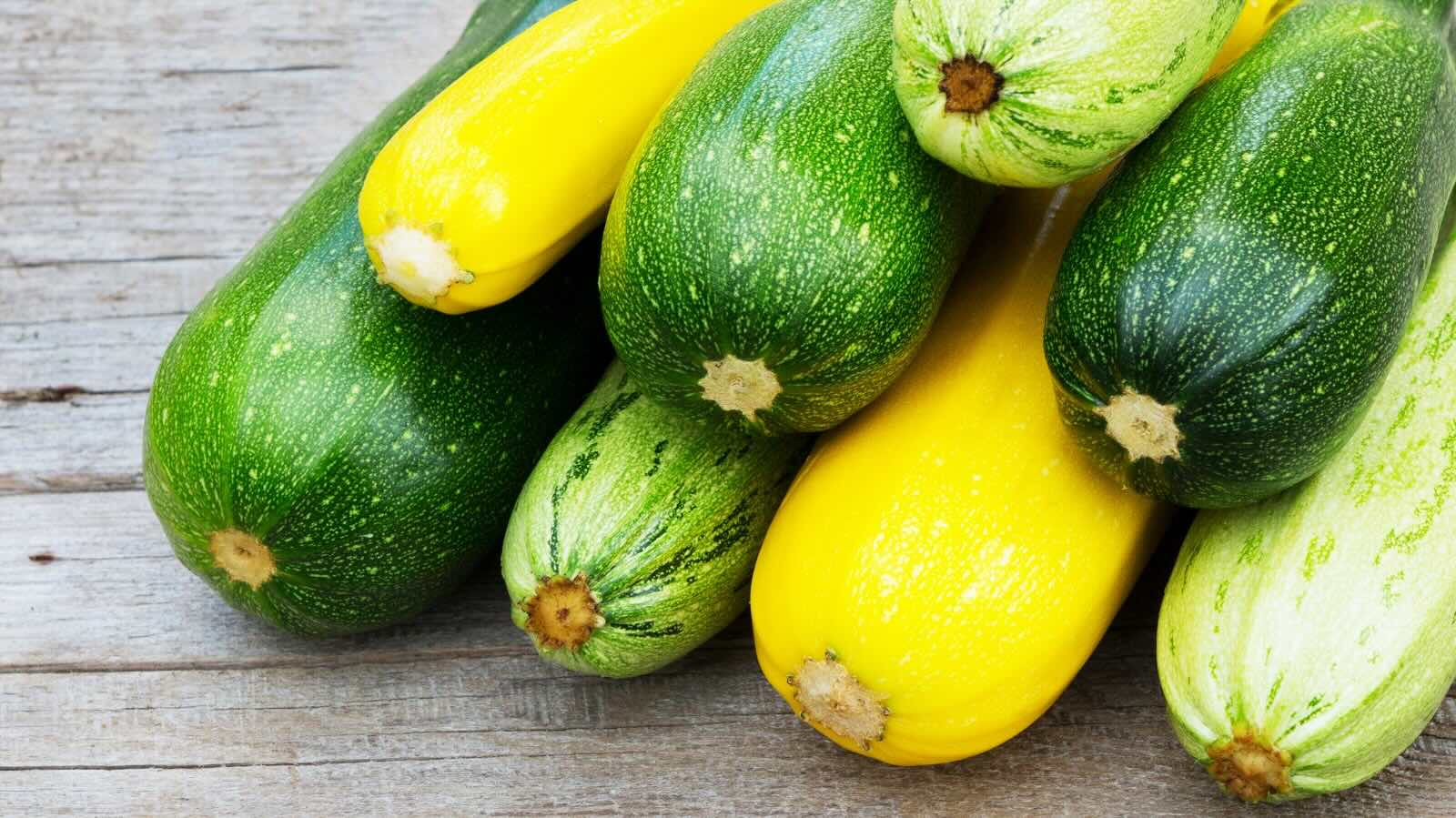
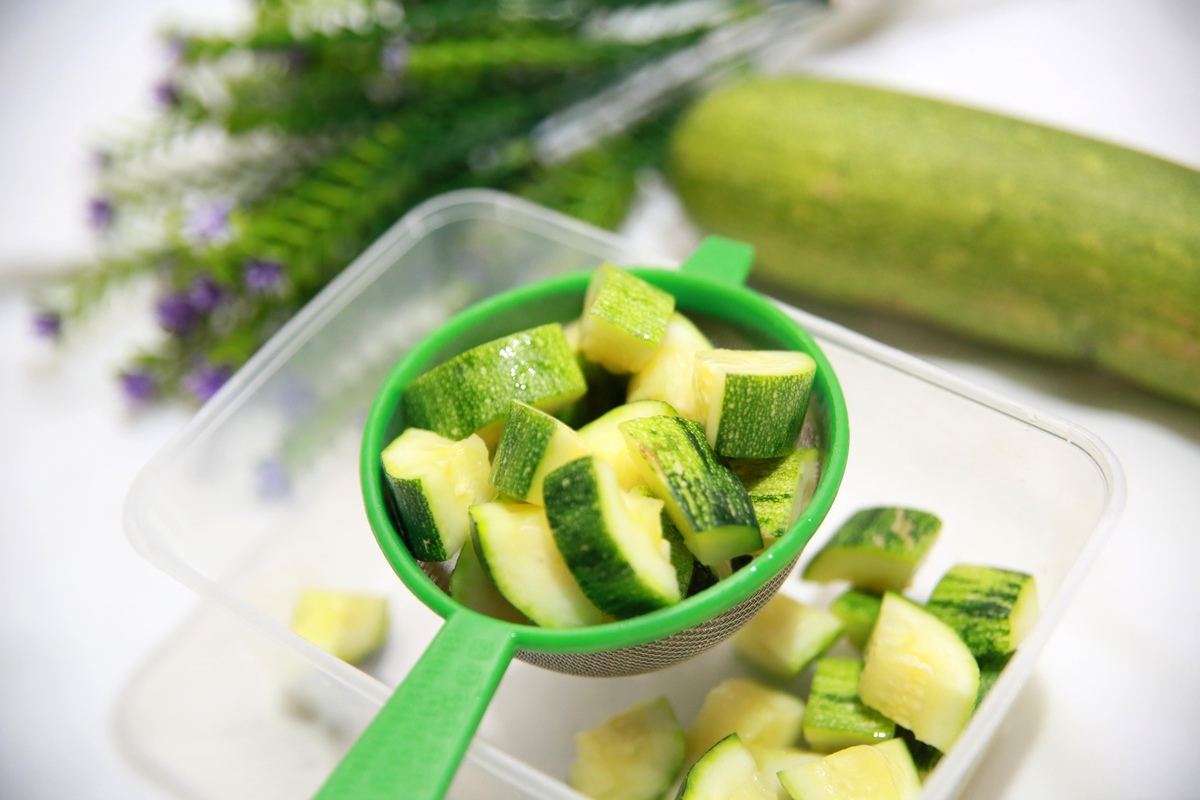
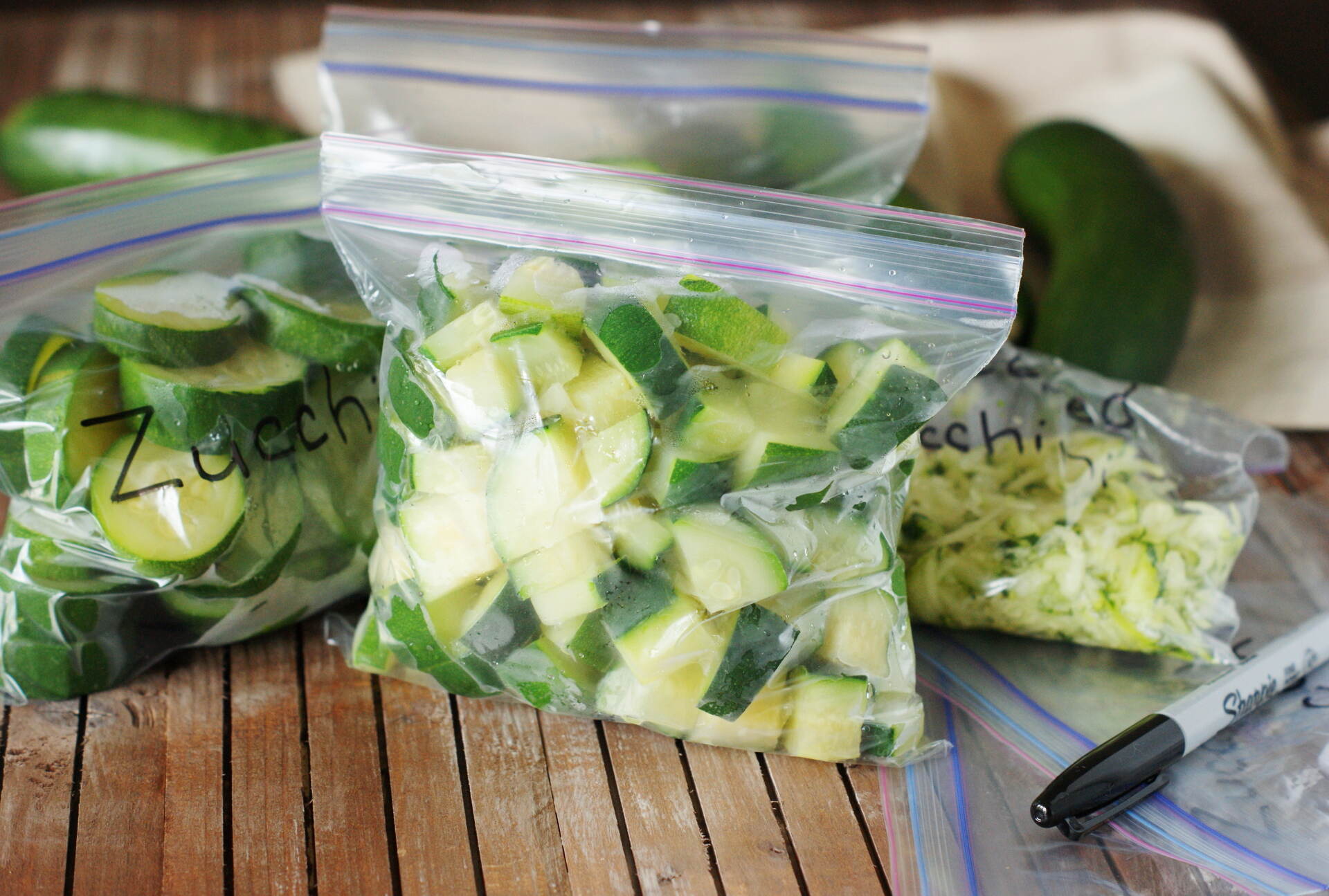
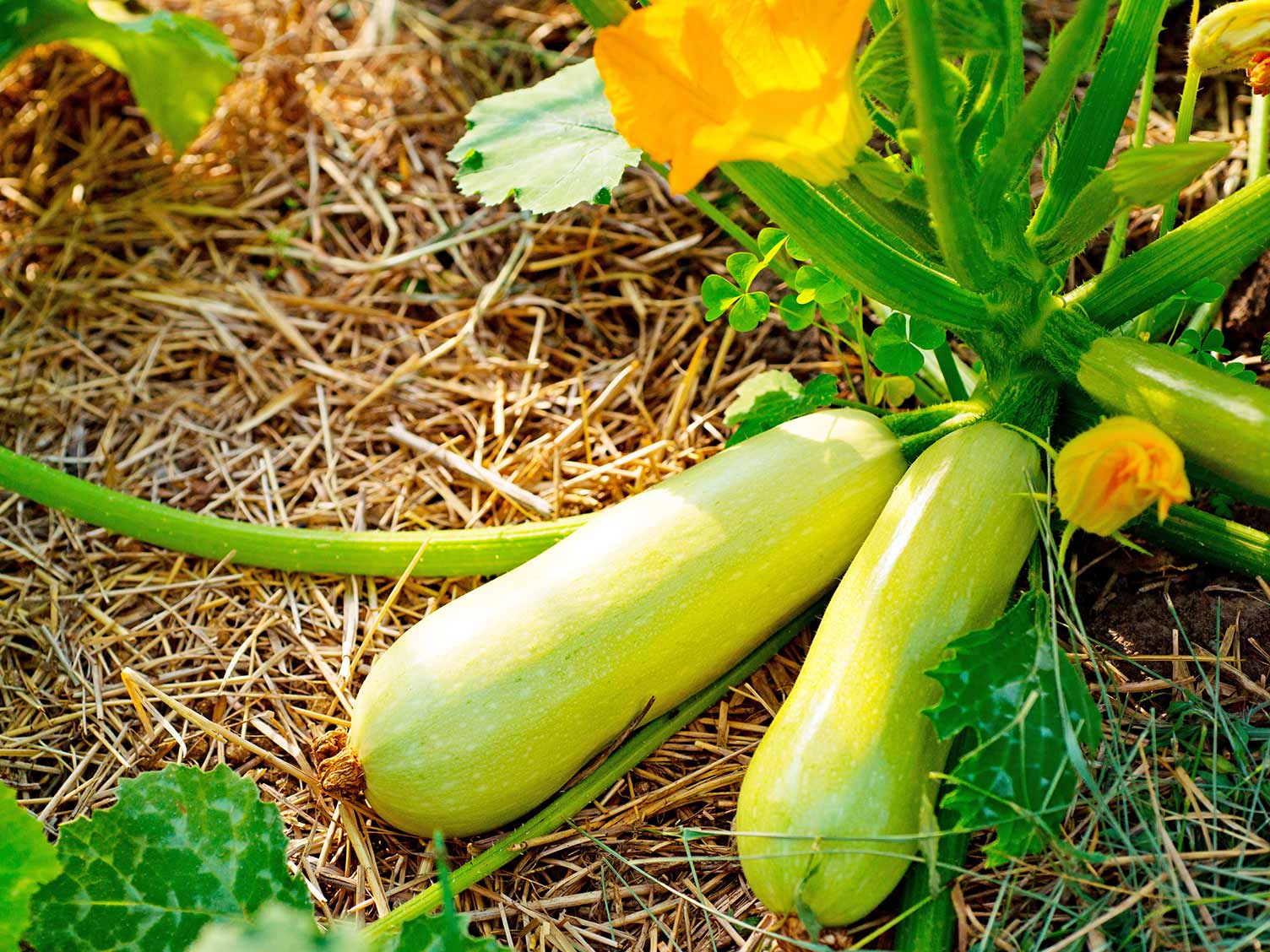
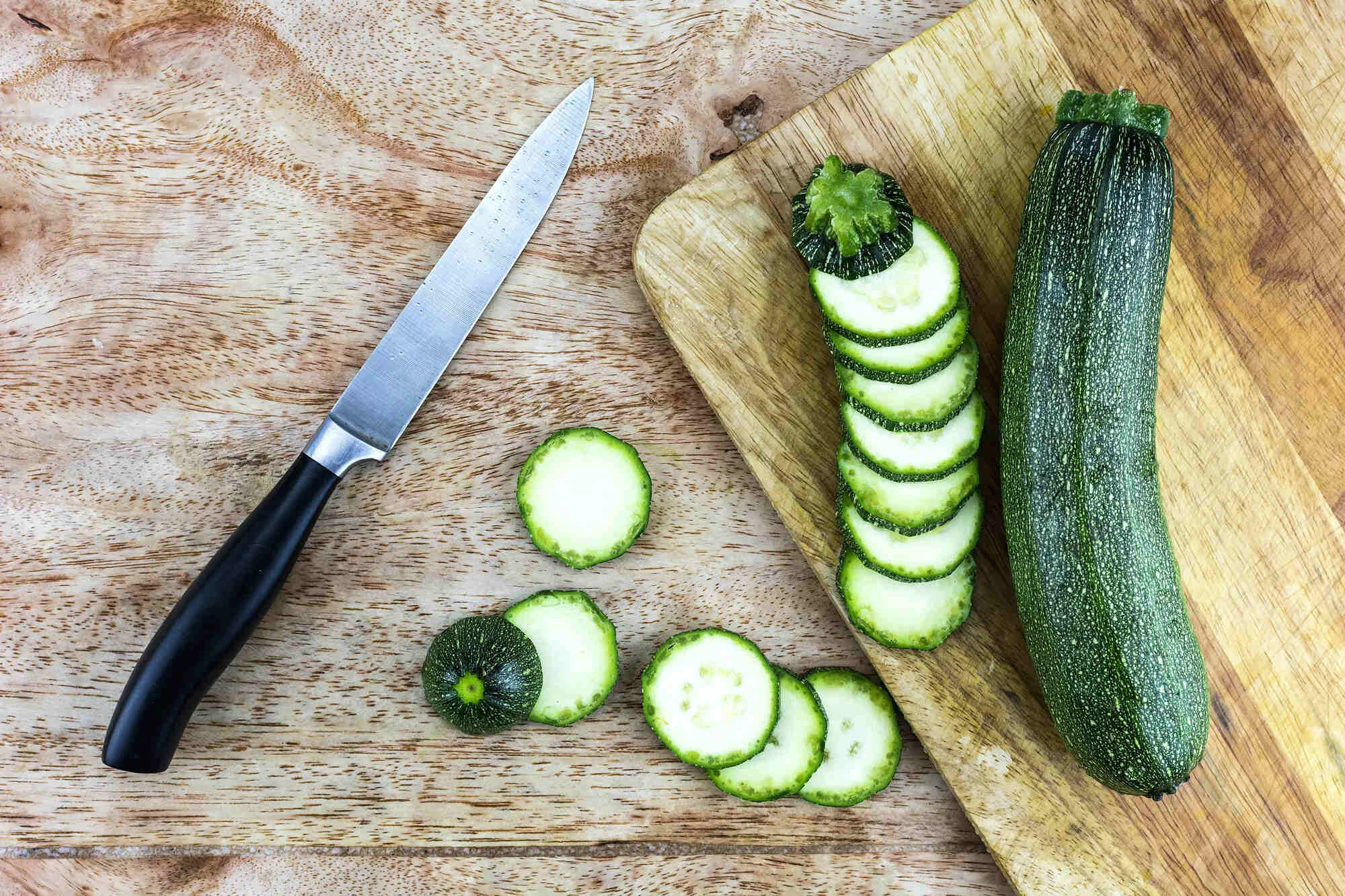
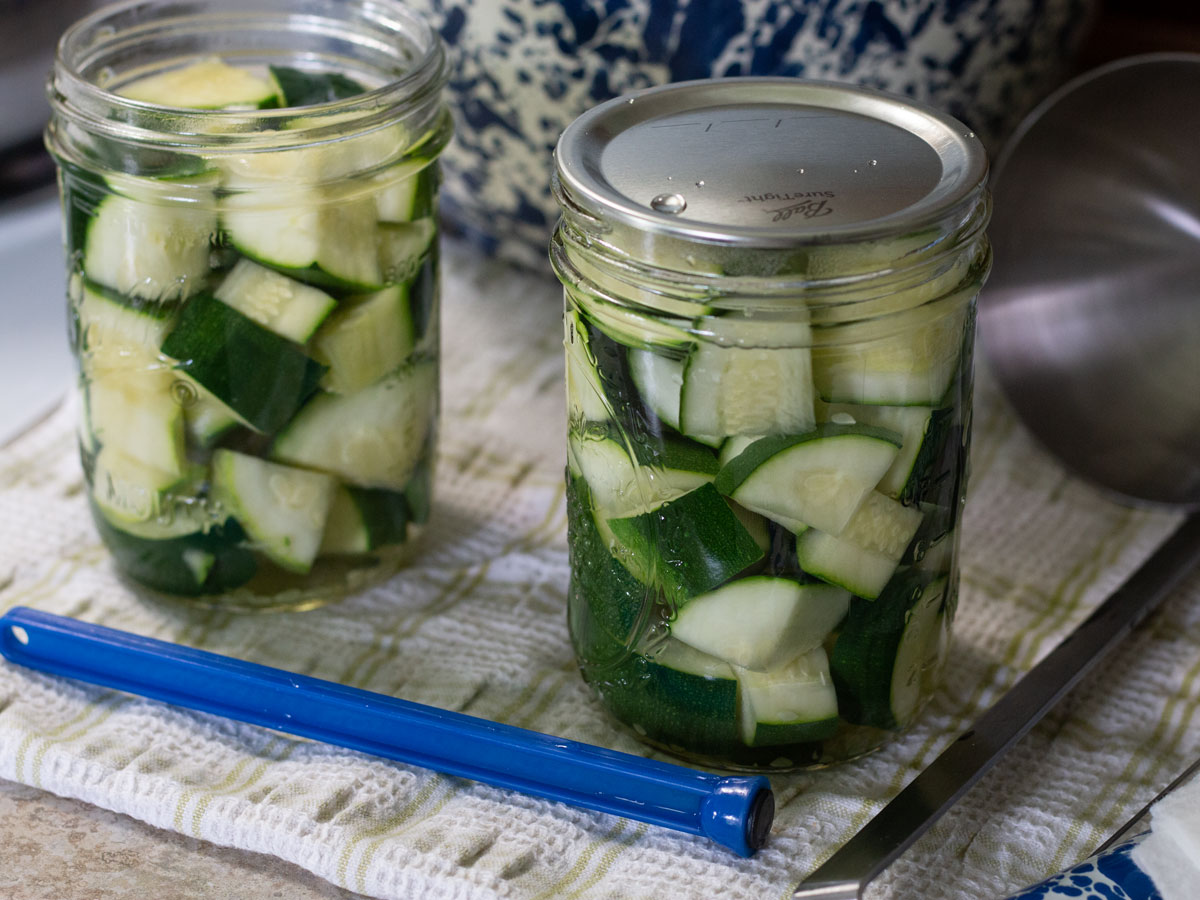
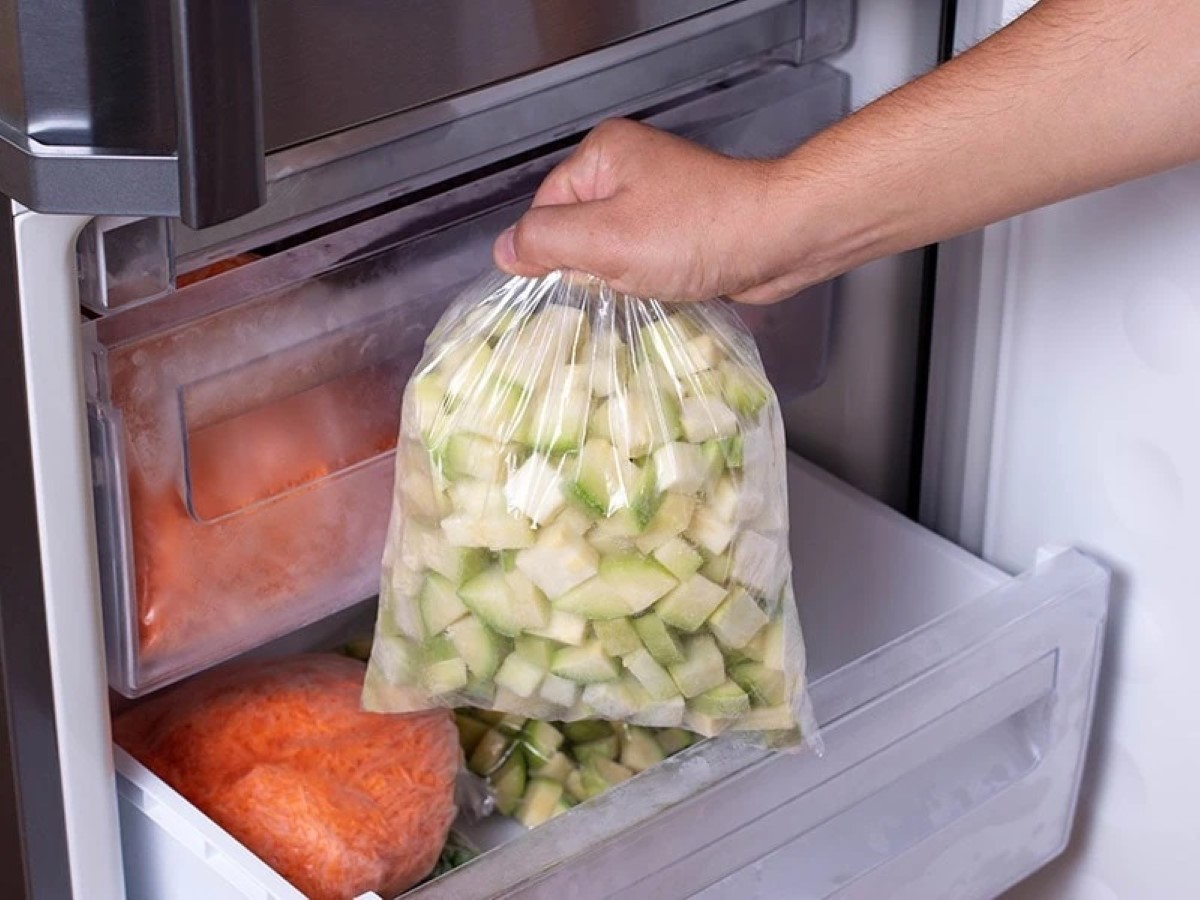
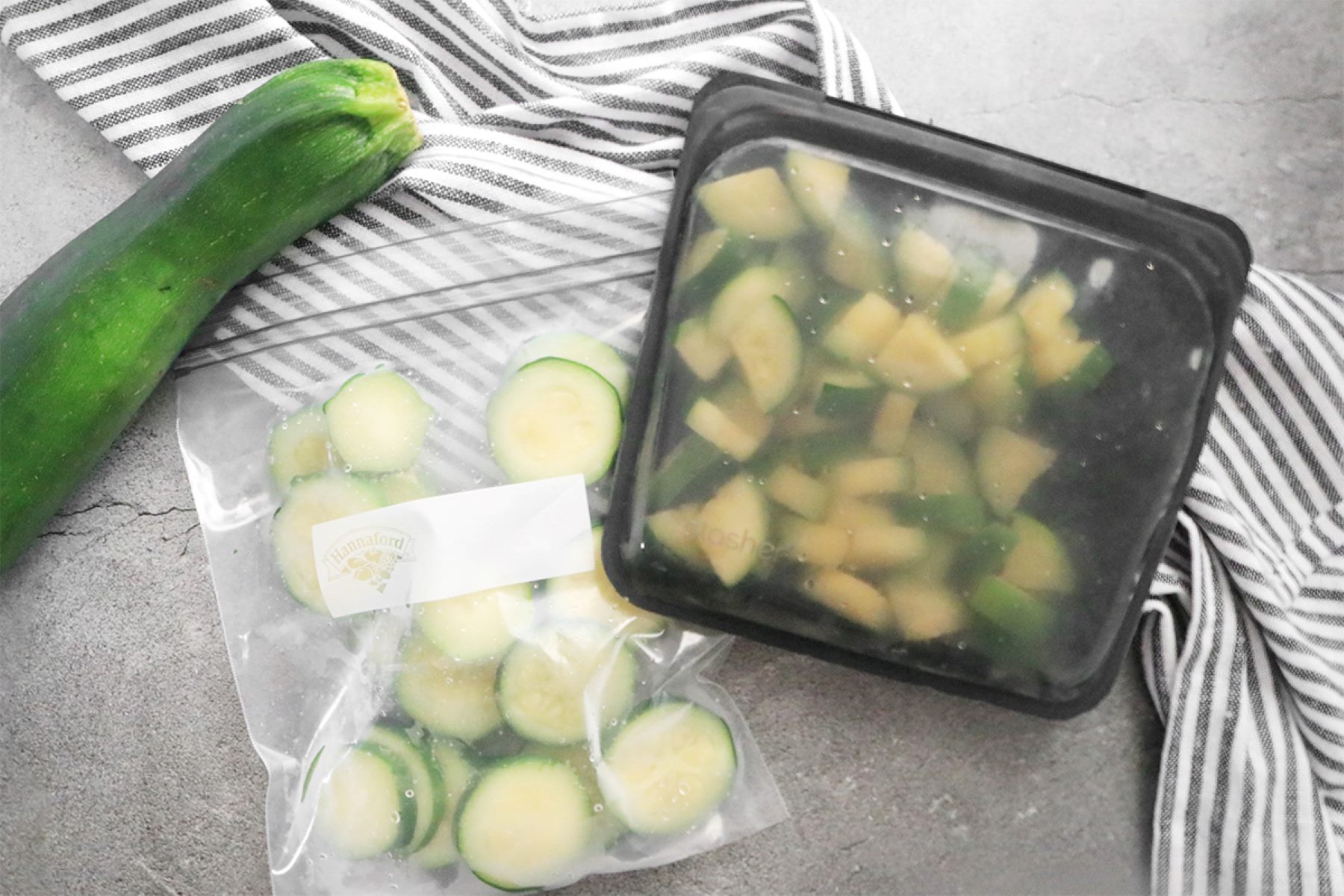
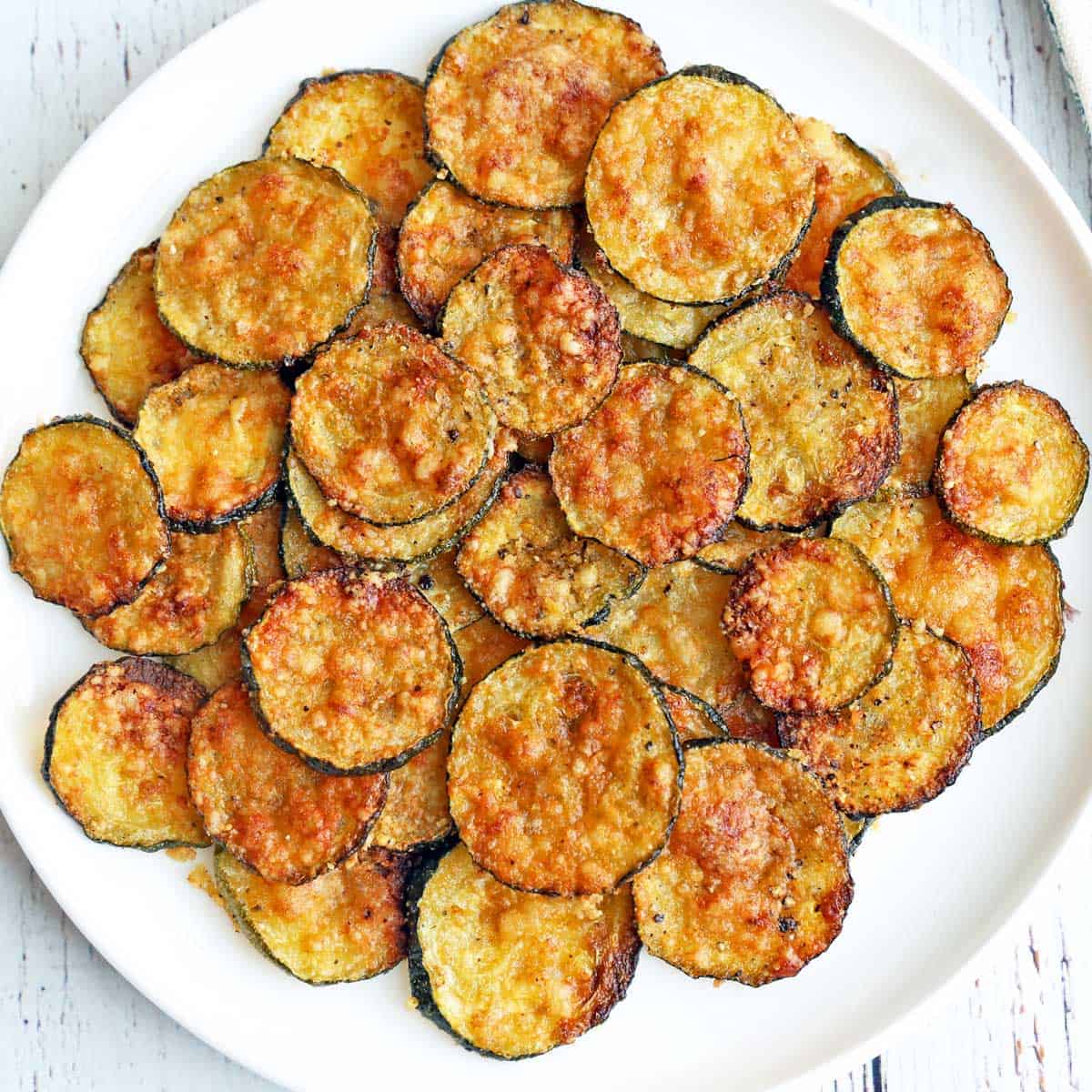
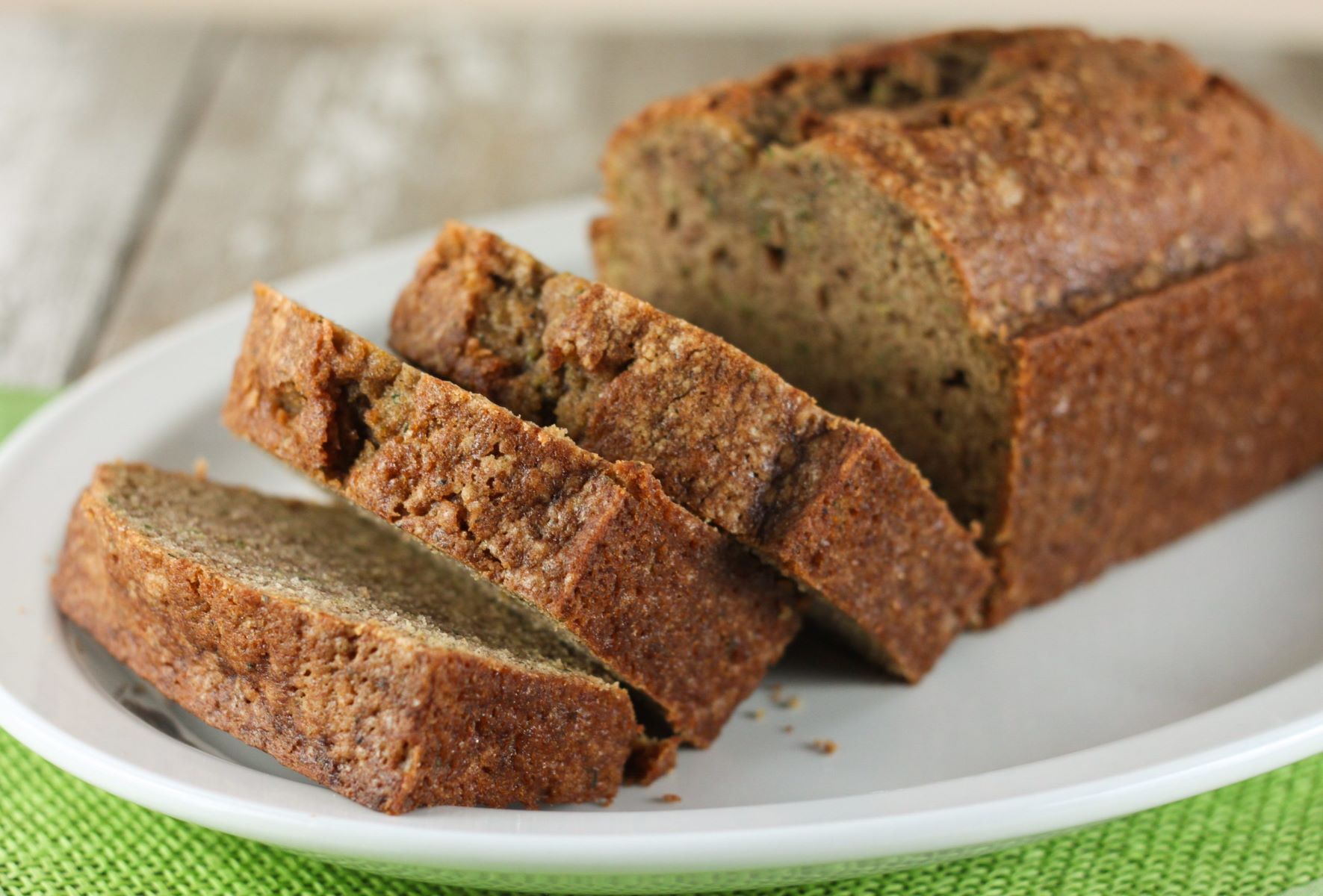


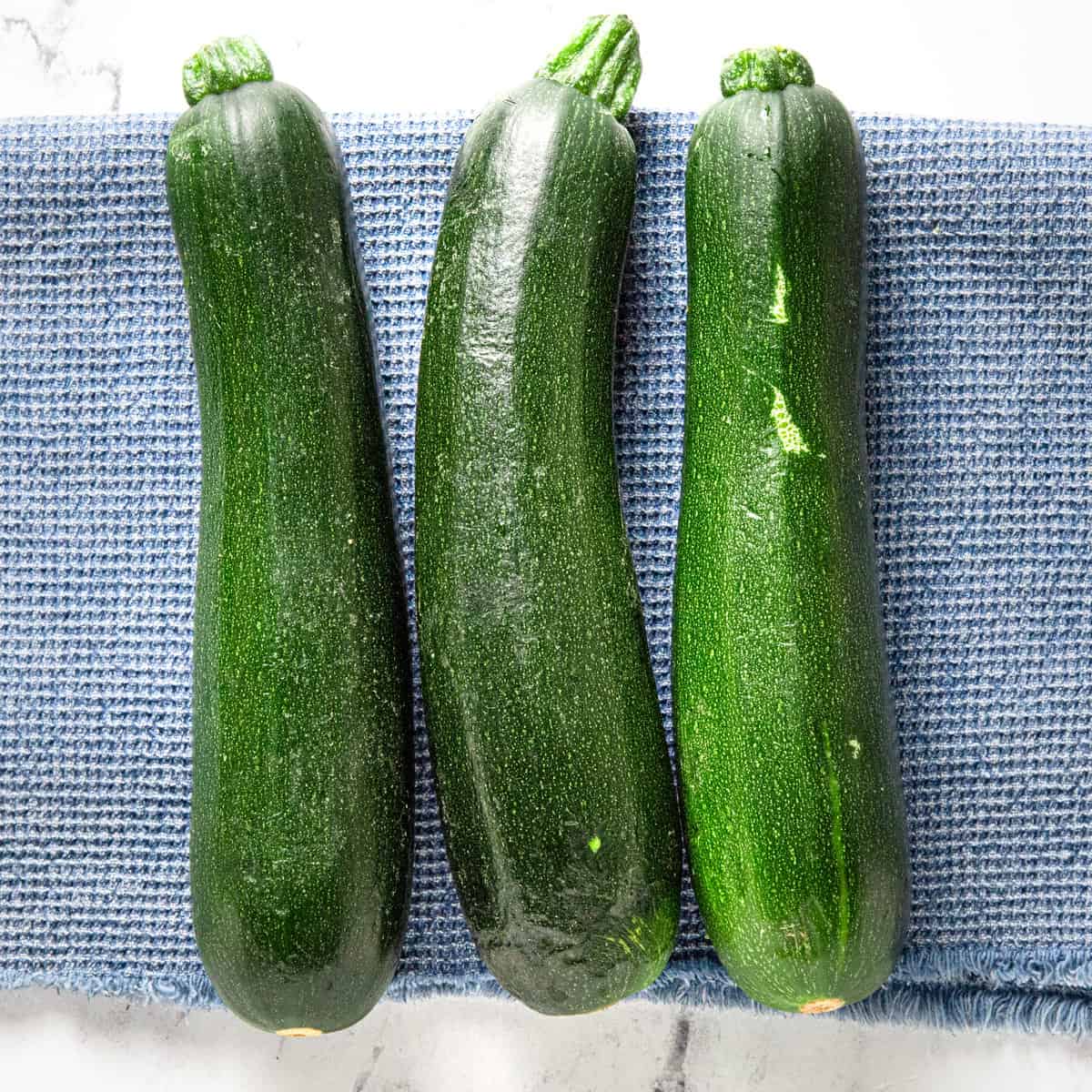

0 thoughts on “How To Store Zucchini From The Garden”